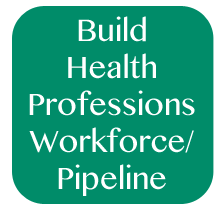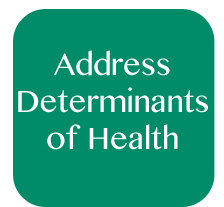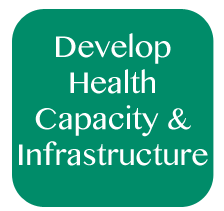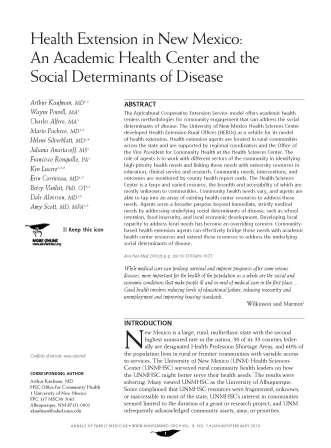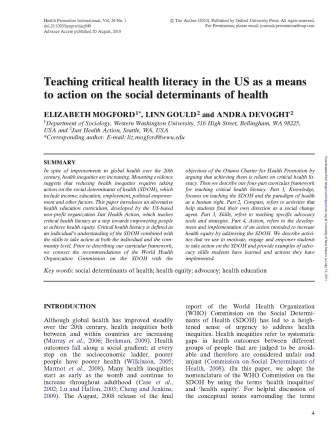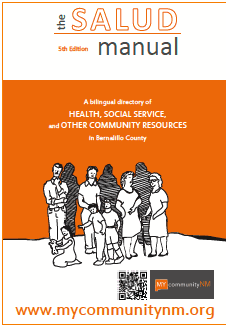
Building Health Professions Workforce & Pipeline
“Grow our own” is an important approach to developing a local, culturally-competent, sustained health professions workforce– assisted by health extension work with community colleges and University capacity for distance learning. Below is an example of a strategy to “grow our own”, beginning as early as middle school.
Health extension agents also help build health workforce by:
- linking with local school systems and Cooperative Extension 4-H clubs
- working with local Area Health Education Centers (AHECs), help coordinate local preceptorship opportunities, orient and support health professions learners in communities of practice
- helping with family support of health professions recruits
- advocating for inclusion of health promotion principles in all health professions training programs
- helping primary clinics invite neighborhood students to volunteer, to encourage interest in health careers
- recruiting students to participate in health professions education
Click below to learn about a model BA/MD program within New Mexico. The following video describes the combined BA/MD program at UNM:
Addressing Determinants of Disease
PCMH’s focus to date has been upon improving the quality of healthcare delivered to the population enrolled in the PCMH and care delivered within its four walls, with little attention having been given to the risks and prevention opportunities that the enrolled population experiences outside the clinic and little attention to those in the community not enrolled in that practice. Yet, it is clear that problems with compliance with prescribed care can be negatively influenced by such barriers as lack of transportation to the clinic or problems for the PCMH caring for acute problems after hours when a patient in a practice becomes ill, especially in isolated, rural communities. HEROs has worked with communities and primary care practices to address some of these important barriers to care.
Some examples of how health extension helps address determinants of health:
- Helping their communities identify their health priorities by listening for strengths, challenges and needs within the community
- Promoting health professions jobs, an area where great growth exists and will continue to grow in the future/li>
- Working with local organizations around systems changes to address determinants of health, such as employment, transportation, food insecurity, etc
The following video shows an example of the interface of medicine and addressing the social determinants of disease, on a colonia (unincorporated settlement) in Albuquerque:
Developing Health Capacity & Infrastructure
In addition to enhancing the effectiveness of primary care practices and PCMH, the Health Commons is among several health-extension-linked initiatives that create multilayered systems change in New Mexico, and offer great promise to other states making the connections between transformation of primary care to broader population health improvements. These initiatives, discussed in the Project Design section below, include UNM Care, the 24/7 New Mexico Nurse Advise Line, the Primary Care Dispatch, and the integration of community health workers into care teams and health organizations. The Health Commons and HERO models are contributing to the national discussion of improved access to a PCMH, enhancements to the medical home, and to identifying the primary care practice needs that are required for broader system changes. The combination of the adapted extension model with the enhanced role of HERO agents as technical resources, coaches and systems-bridgers addresses and deepens the practice of primary care transformation, uniquely enabling patient and community “centeredness” in local primary care.
Health extension agents, when faced with helping improve primary care practice and community health, are challenged by a setting of fragmented resources and programmatic silos and wasteful duplication of effort. They then try to bring forces together and create space to plan and grow together.



